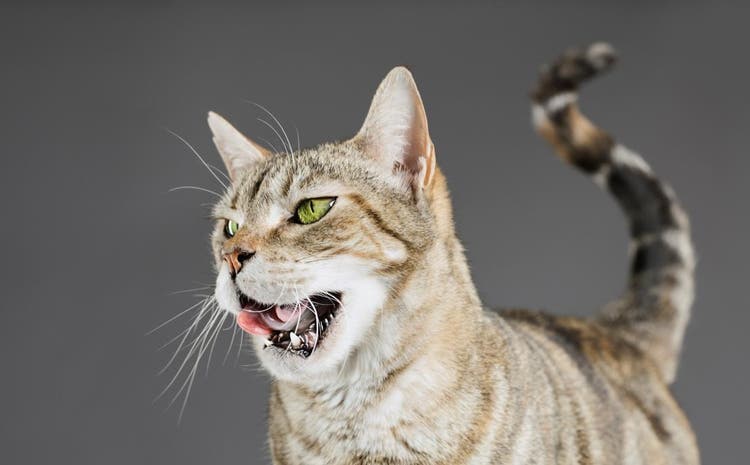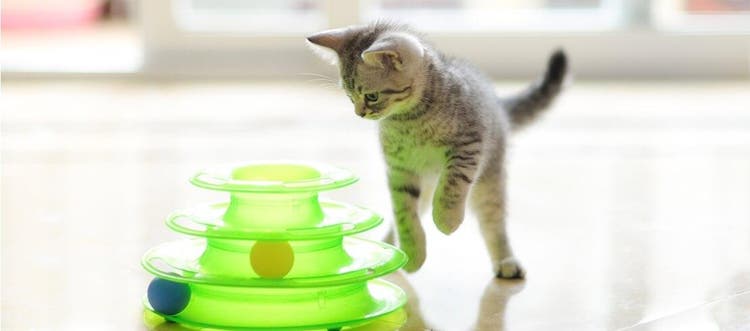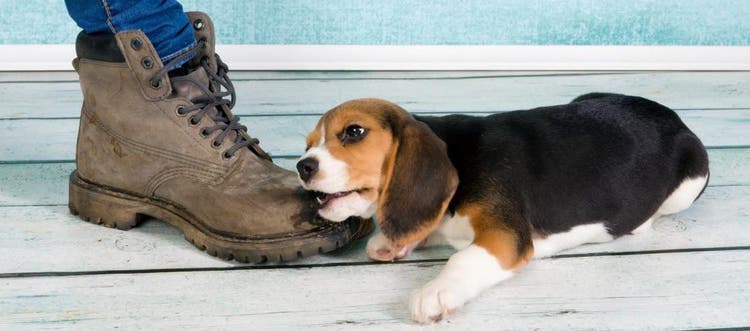While domestic cats love to lounge and snooze, they need play and exercise, too. Find out why cat exercise is so important, how you should play with your cat and games that could become their favourite activity.
It’s no surprise that indoor cats get much less exercise than outdoor cats. Exercise and play, however, is critical to their overall wellbeing. Cats are born to hunt, with well-honed instincts to stalk, chase and pounce on prey. Although indoor cats no longer need those hunting skills to survive, they’re still filled with all those impulses. It’s important to give those natural urges an outlet, with at least three five-minute periods of intense play per day.
Why is play and exercise for cats so important?
Playing with your cat isn’t just an opportunity to bond with them, it’s also a way to keep them healthy so you can enjoy more years together. Pet obesity rates are rising around the world. Incorporating exercise into your cat’s daily routine will help them maintain their weight, keep their muscles strong and avoid diseases that come with obesity, like diabetes and high blood pressure.
In addition to helping them maintain peak physical health, play and exercise also helps your cat develop good behaviour. Play stimulates your cat in a positive way while preventing them from destroying household items like furniture or plants. Initiating play times with your cat also teaches them the right and wrong times to play and keeps their mind alert and active as well.
How much exercise does a cat need?
While your cat’s exercise needs will vary by age, weight and current activity level, it is generally recommended that you engage your cat in at least three five-minute intense play periods each day.
When you’re playing with your cat, remember, they are predators by nature. These short, five-minute bursts of activity are comparable to how they would hunt in the wild. Cats – even those who live indoors – were born to climb, jump, hunt and chase. Don’t be afraid to tap into these animal instincts and encourage these natural behaviours as you play with your cat. It’s how they’re hard-wired!
How to exercise your cat
To find out whether your cat prefers climbing or chasing, introduce toys and activities one at a time. You’ll quickly learn which ones they like best. It’s also a good idea to rotate your toy options every couple of days so your cat doesn’t get bored.
Here are a couple of the most popular toys to encourage your cat’s exercise:
- Cat trees: The ideal cat tree goes up as high as your room allows and is made of different materials so that your cat can use it to climb and scratch. Make sure it has a very solid base, because cats can race across rooms and catapult onto cat trees with surprising force. Climbing and playing on a cat tree is great exercise for cats. It also taps into their natural instincts to climb real trees outdoors as a means of safety – and to get a lay of their land. It’s easier to spot prey – even if it’s a stuffed toy - from high above!
- Stuffed mice or other small stuffed toys: Your cat will get a workout batting this toy around like prey or holding it and kicking it with their feet. Some of these toys have catnip stuffed inside, making them even more irresistible to your cat. Make sure any strings on them are securely fastened, and only buy toys made specifically for cats. If you’re unsure of a string on any toy it’s best to remove it first.
- Feather wands: These toys mimic birds, and cats love to hunt birds. Make sure your game is in place of the real thing - protect our wildlife! Keep your cat’s interest by moving the wand about like a bird would move – fluttering, tumbling and so on. Check the toy before playing to make sure the feathers haven't come loose, we don't want your cat to swallow them.
- Flying drones: the latest trend in cat toys are bird drones designed for cats. These USB-chargeable drones are operated by remote control and fly and flutter just like real birds. These toys will awaken all of your cat’s hunting instincts – but their urge to “kill” the toy once they get hold of it may cause this toy to break quickly.
- Cardboard boxes: when you get a delivery, save the cardboard boxes for your cat. Cats love hiding inside boxes and leaping out of them. You can make holes in the side of the box or join a few boxes together. Try tossing a stuffed toy or ball inside the box to add to the play time!
- Flashlights or lasers: Cats love hunting, and a laser or flashlight is an easy way to get them moving by moving the beam around the room and up the walls. Just make sure that your play session ends with your cat catching their “prey” to eliminate frustration. (Remember: never shine a light, especially a laser, directly into a cats’ eyes.)
- Exercise wheel for cats: If your cat is high-energy and you have the space for it, a cat wheel is an excellent tool for your cat to expend their run and chase instincts. This is a more costly option and it can take a while for you to train your cat to use it. If your cat does catch onto using it a cat exercise wheel, however, it could be very entertaining for your cat to use…and for you to watch!
Although cats certainly enjoy lounging around, a balance of regular exercise and play is crucial to their overall health. Whether you already have a cat exercise routine or are just starting one, remember that the type of play you choose should tap into your cat’s natural instincts. There are many options of toys and exercise equipment for your cat, so it should be easy to find one that will keep them active and happy for many years to come.
Read about why playtime is important for kittens too.









